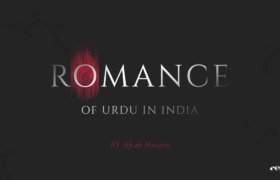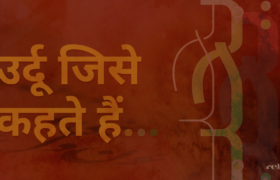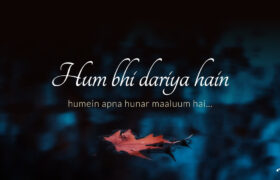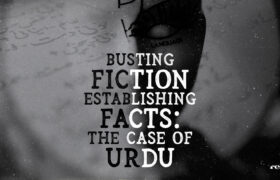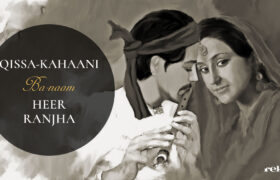Some stories never die; they are told again and again, from time to time, place to place, author to author. One such is the story of Heer and Ranjha. About six centuries old now, it was first narrated in verse by one DamodarArora during the reign of Emperor Akbar. Damodar was a native of Jhang where the story is broadly based and he had heard it from one Raja Ram Khatri who is supposed to be an eyewitness to all that happened. Since then it has been narrated variously and in various languages, both in verse and prose. One of the most notable narratives came from Waris Shah in 1766, apart from several others in Sindhi, Haryanavi, Hindi, Urdu, Persian, and English. In Persian alone, there are as many as twenty versions of this story and in Urdu not less than fifteen.
By Anisur Rahman
October 4, 2019








